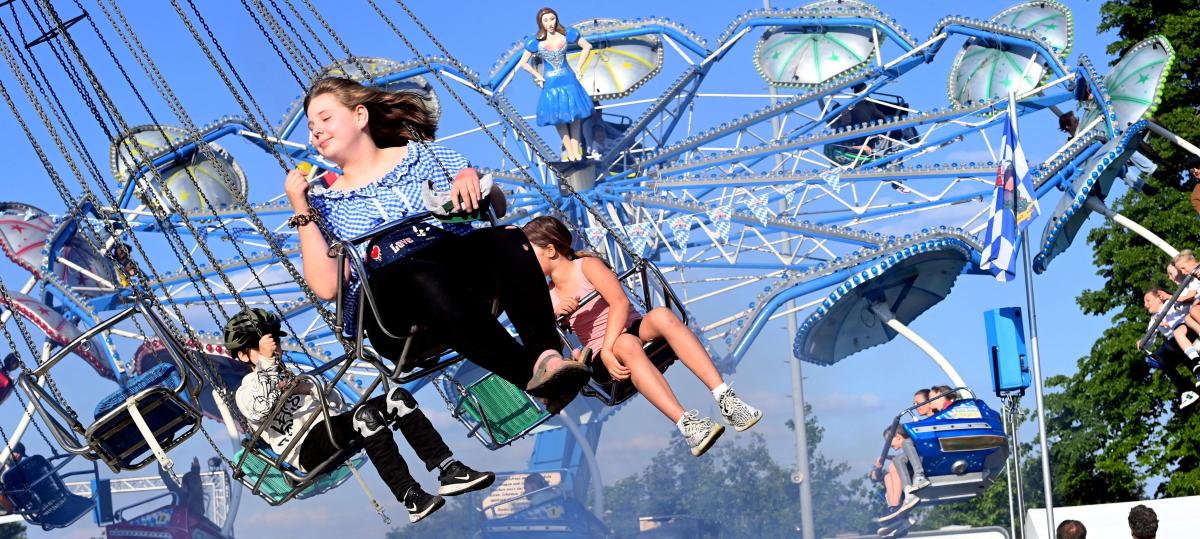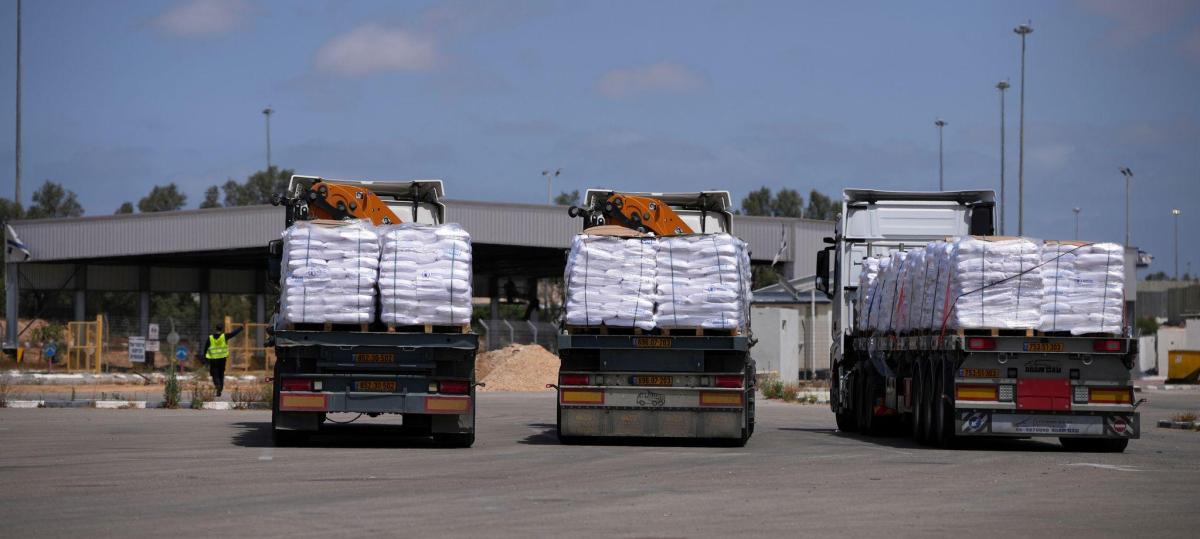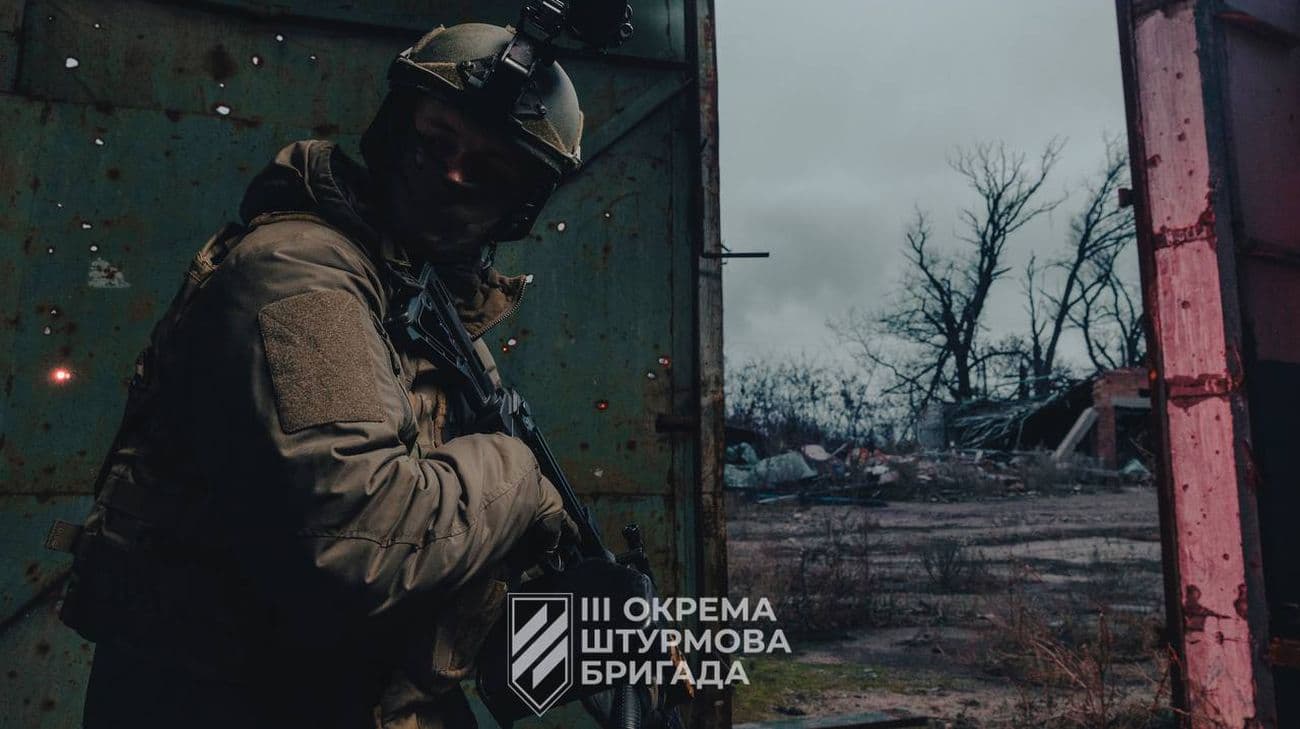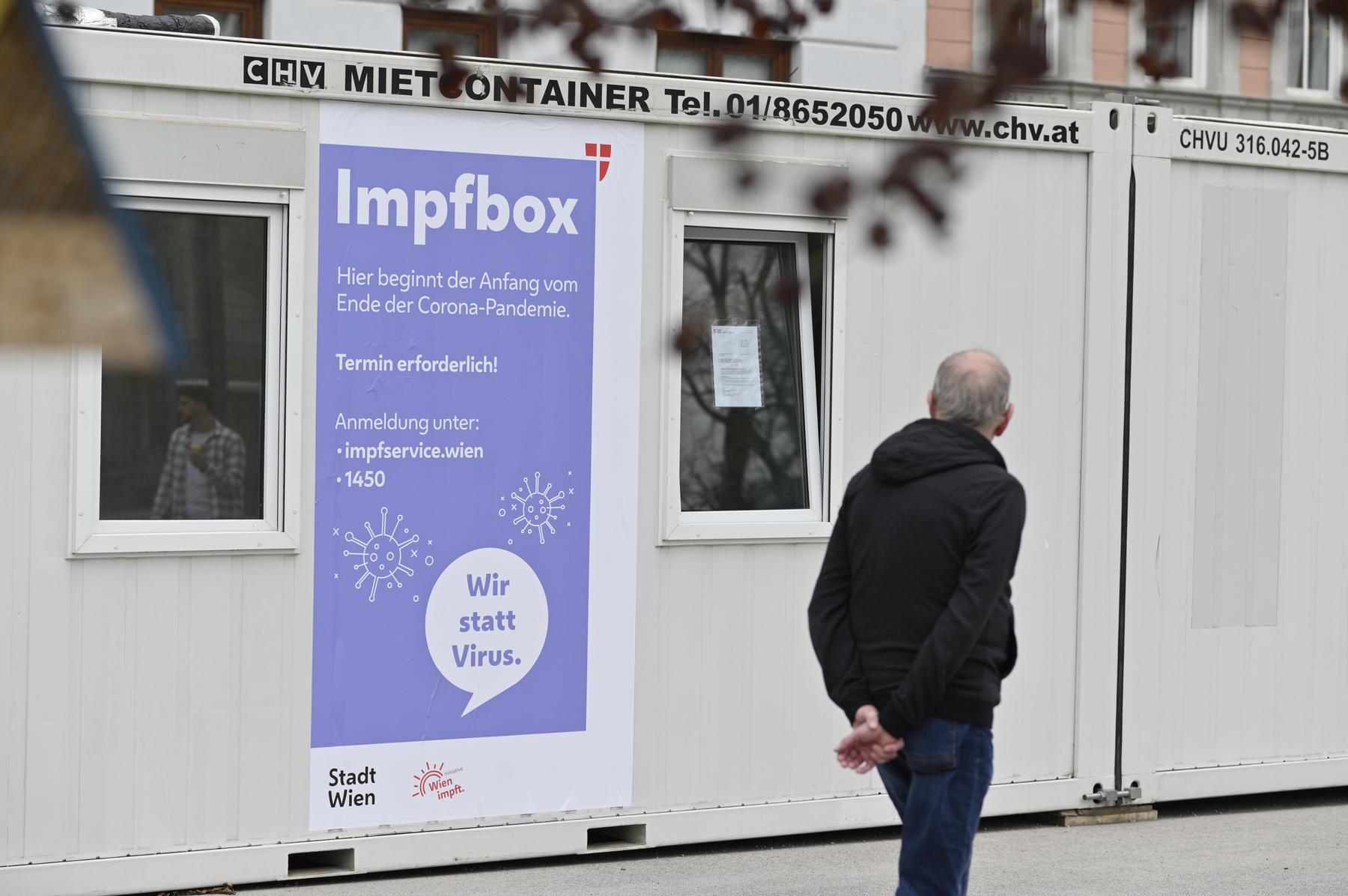Worth knowing about the holiday in Mexico
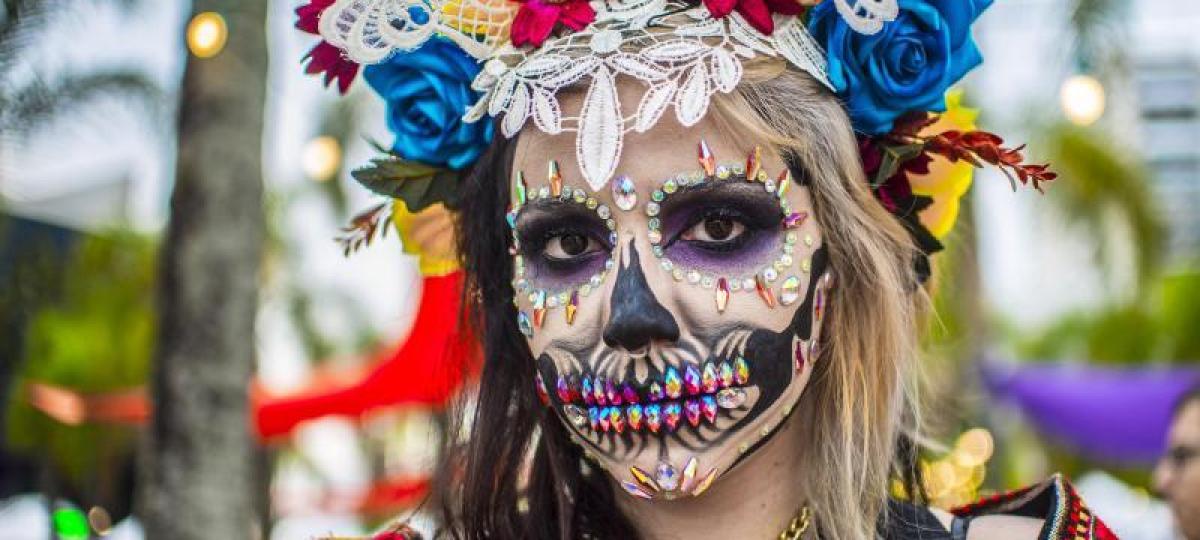
At the beginning of November we commemorate in Germany All Saints’ Day and All -soul the dead. As a custom, candles are often placed on the graves of the deceased. All saints in Germany are celebrated in silence: it is even stated by law that some public events are prohibited on the day to maintain the serious character of the holiday. The « Dia de Muertos » (day of the dead) in Mexico is completely different.
What is the « dia de muertos »?
The « Dia de Muertos » is one of the most important celebrations in Latin America and is celebrated in almost every community. It serves to maintain the connection to deceased relatives or friends and to commemorate them. The celebrations are characterized by colorful altars and elaborate parades with music. The « Dia de Muertos » is celebrated in many parts of the world, especially in Mexican communities.
Date: When does the « Dia de Muertos » (also dia de los muertos) take place?
The celebrations begin on October 31 and end on November 2. Since the « Dia de Muertos » is often celebrated with elaborate parades and parties, preparations begin much earlier.
History and origin of the « dia de muertos »
The « Dia de Muertos » originated in Mexico, but now it is celebrated throughout Latin America. How National Geographic reported, the day of the dead was celebrated by the Aztecs and other peoples several thousand years ago. Even then, it was considered to mourn his late relatives, because after faith, death was only a transition to a different life. The mistress of death « Mictlancihuatl » played a central role. It is said to have woke up over the bones of the dead and nowadays it is considered a model for the skeletal lady « La Catrina » and the known facial paintings.
Today’s « Dia de Muertos » combines old rituals with Christian customs for the day of the dead, since the Catholic faith came to Mexico with the Spanish seafarers. In the course of the Spanish conquests, Mexican customs should be combined with the Christian faith. That is why All Saints’ Day and Allen souls are celebrated at the same time, although the rituals could not be more different. In 2008, UNESCO declared the « Dia de Muertos » a World Heritage Site.
« Dia de Muertos »: What does « Ofreenda » mean and which elements are important?
The « OFRENDA » (literally translated: to offer) is probably the most important element of the celebrations around the « Dia de Muertos ». For the « OFRENDA », a table is usually converted into a small altar or shrine, but multi -stage « altares » is also built especially for the « Dia de Muertos ». They are built at home, cemeteries or in churches, but also in public places.
The « OFRENDA » serves to honor deceased relatives and friends and to commemorate them. Most of the time, photos are part of the « OFRENDA ». According to the National Museum of the American Latino, the following offerings can often be found on an « OFRENDA »:
- Li): Relative List-None (&> Li): PL- (1.2EM) (&> Li): Marker: Text- (0) (&> Li): Relative (&> Li): Before: Absolute (&> Li): Before: W-3 (&> Li): Before: H-3 (&> Li): Before: BG-fire (& Li): Before: LEFT-0 (&> Li): Before: Top- (8px) (&> Li): Before: Rounded-Full My-5 « >
- Pictures of the deceased
- Toten heads made of sugar or cardboard: They should show how short life is and can be decorated individually.
- Flowers: Traditionally, « Cempasúchil » flowers are set up that have a bright orange color. They also have a very strong smell that is supposed to lure the deceased souls into this side.
- « Papel Picado »: « Papel Picado » is elaborate silhouette images made of tissue paper. They are considered traditional Mexican folk art and represent the wind that is supposed to bring back the souls of the deceased.
- « La Catrina » is a skeleton lady that is usually strikingly dressed and is considered one of the best known symbols to the « dia de muertos ». Usually she has a striking, big hat.
- Incense stick: You should clean the energy of the room and help to guide the deceased to the right home.
- Candles should illuminate the path of the deceased.
- Drinks and dishes: The favorite dishes and drinks of the deceased are set up on the « OFRENDA ». A « Pan de Muerto » is traditionally presented, a yeast pastry with sugar. It should represent the cycle of life.
- Memorial: In addition to photos, favorite objects of the deceased are often placed on the altars.
The creation of the « OFRENDA » is often celebrated with the entire family. A traditional altar has three stages, in the highest section the most religious objects can be found. For example, blessed candles, crosses or statues.

